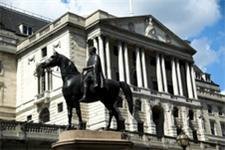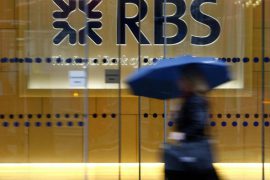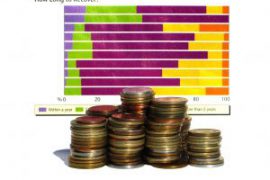In a recent post released by the BBC, an effort was made to describe just exactly how the Bank of England sets interest rates. This is probably due to the overwhelming confusion amidst taxpayers as to exactly who sets the interest rates and why they are either raised, held or lowered.
Actually, the Bank of England has a nine member Monetary Policy Committee who are in charge of voting on interest rates. The committee, usually referred to as the ‘MPC’ are comprised of members who either vote ‘hawk’ or ‘dove’ with at least one member being the tie-breaker.
Hawks traditionally vote to raise interest rates in order to counteract inflation whilst doves tend to favour lower interest rates hoping to promote economic growth. Members serve terms which are fixed and they are each given a vote geared towards meeting what is called the ‘inflation target.’ At the moment, the inflation target stands at 2%, although this historically changes.
The committee is comprised of nine individuals who meet monthly to establish interest rates in the UK. With a governor and two deputy governors, the MPC also consists of the Bank of England’s chief economist, the Bank’s executive director for markets and then there are four external (not associated with the BOE) members which have been appointed by the chancellor.
As mentioned, the committee is comprised of some members who traditionally vote hawk while others vote dove. In a rare vote, all nine members agreed to keep the interest rates low (dove) in the hopes of doing something to improve the rate of economic growth which has been stagnating.
It could be said that Andrew Sentence, an external member who typically voted hawkish was replaced in June by Ben Broadbent who tends toward being dovish. Even so, the decision was indeed unanimous.





